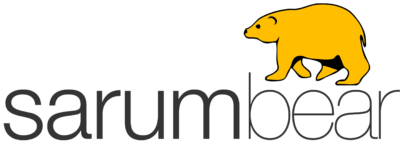Maximising Brand Reach
Social media is an essential marketing tool for many small businesses. It’s important to know which are the most popular social media platforms and how they relate to the demographic of your business and its customers.
It isn’t only about the size of the social media sites. It’s also which platform is the right fit for your business and you. Does it fit your brand image? Is your target audience using that social media site? Which platforms are your competitors using?
Choosing the right platforms is important as it is almost impossible to utilise them all, or your message will become dilute and ineffective, so specific targeting rather than a blanket approach is the right way forward. Depending on your business type, your choice of social media platform will vary. Each has its own audience base that varies by age, interests, and gender, and while you can make an educated guess regarding which platform is best, the only way to really find out is to test the waters.
In terms of size, Facebook is by far the largest platform with the greatest number of active users, followed by YouTube and Instagram.
Facebook has more than two billion people using it every month. Almost a third of the world’s population! With 1.4 billion users active daily! There are more than 65 million businesses using Facebook Pages and more than six million advertisers actively promoting their business on Facebook, which makes it a pretty safe bet if you want to have a presence on social media. As nearly everyone is a Facebook user, it’s easy to build an audience using a network of friends, staff, customers etc. The Facebook algorithm prioritises content that sparks conversations and meaningful interactions between people, especially those from family and friends.
Almost all content format works great on Facebook – text, images, videos, live videos, and stories. Content should be optimised for mobile devices as 94% of users access Facebook via the mobile app.
YouTube

Other than being the second biggest social media site, YouTube (which is owned by Google) is often known as the second largest search engine after Google, so it’s important to optimise content for SEO. You can also advertise on YouTube to increase your reach to audience on the platform.

As a brand, you can have an Instagram business profile, which will provide you with analytics of your profile and posts and the ability to schedule Instagram posts using third-party tools.
The best of the rest
Twitter, Pinterest and LinkedIn are also popular although their user numbers are around a tenth of the big platforms mentioned above.

Twitter is also often used as a customer service channel. According to advertisers on Twitter, more than 80 percent of social customer service requests happen on Twitter. Consequently if you are thinking of using it for your business, it works best if you have dedicate staff that can respond to requests instantly.


LinkedIn also offers advertising opportunities, such as boosting your content, sending personalized ads to LinkedIn inboxes, and displaying ads by the side of the site.





